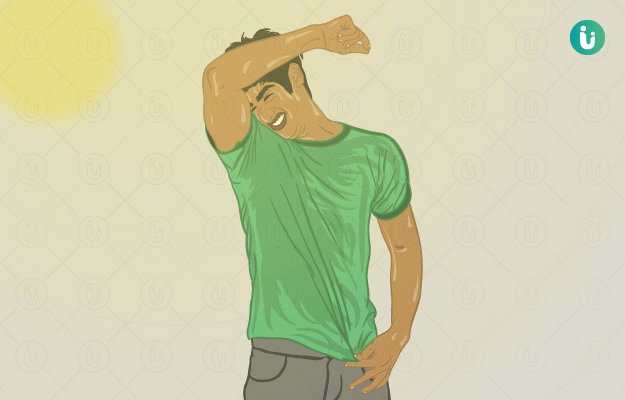What is Heat Stroke?
Heat stroke is a medical emergency situation in which the body’s temperature rises to 40°C or above, and it cannot maintain the normal temperature by itself following an exposure to sun. Usually, our body cools down the high temperature through sweating but it fails to do so in such a situation. This heat-related illness is commonly seen in summer conditions affecting children and the elderly due to prolonged exposure. Individuals who work in outdoor settings are also prone to heat stroke. If not managed immediately, it can damage other internal organs and may lead to death.
Indian data shows that the rise in climatic temperature increases the number of deaths associated with heat stroke.
What are its main associated signs and symptoms?
A person affected by heat stroke may experience many of the following common symptoms:
- Red, hot, or dry skin with no sweating
- Breathing difficulty
- Fainting
- Fatigue
- Nausea
- Vomiting
- Headache
- Increased heart rate (Read more: Tachycardia causes)
- Confusion
- Irritability
What are its main causes?
The main cause is exposure to sun and is experienced by those who carry out exhaustive and non-exhaustive activities in sunlight. Individuals more vulnerable to heat stroke are
- Infants
- Elderly persons
- Outdoor workers
- Obese persons (Read more: Obesity treatment)
- Individuals with mental illnesses
- Alcoholics
- Those with insufficient fluid intake, resulting in dehydration
How is it diagnosed and treated?
The initial steps you take for a person who experiences a heat stroke is to shift him/her to a shady and cooler environment. Then, you lower the body temperature using wet towels or by fanning. If possible, apply ice packs in the armpit and groin regions. After these primary care, the patient should be taken to the hospital.
At the hospital, the doctor will provide necessary treatment based on the patient’s condition, for example breathing difficulty, if any, is taken care of immediately. Doctors will continue to reduce the body temperature until the normal temperature (38°C) is achieved. Certain lab tests are carried out to rule out other causes. (Consult a doctor with online treatment app)
You can protect yourself from heat stroke if you
- Maintain proper hydration by drinking plenty of water
- Wear light and loose fitting clothes
- Spend less time in the sunlight during peak hours of 12 pm to 3 pm
- Wear a hat or scarf or use an umbrella

 Doctors for Heat Stroke
Doctors for Heat Stroke  OTC Medicines for Heat Stroke
OTC Medicines for Heat Stroke
 Heat Stroke articles
Heat Stroke articles

 First Aid for Heat Stroke
First Aid for Heat Stroke







 Editorial Team
Editorial Team











